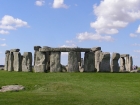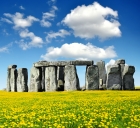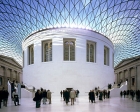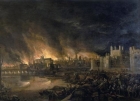Visits
Visits to historical sites, museums, and galleries offer exciting opportunities to engage with the past. Hands on experiences give an insight into the world beyond the classroom. This section enables you to have the confidence to plan and undertake visits which effectively develop children’s learning.
Sort by:
Date (Newest first) | Title A-Z
Show:
All |
Articles |
Podcasts |
Multipage Articles
-

Our Iron Age challenge
ArticleClick to view -

Piecing together the puzzle: Some thoughts on historical sites
ArticleClick to view -

Saltaire: Planning for an effective learning experience on a living site
ArticleClick to view -

Stone Age to Iron Age - overview and depth
ArticleClick to view -

Teaching about the translatlantic slave trade and emancipation
ArticleClick to view -

Teaching pre-history outside the classroom
ArticleClick to view -

Teaching the First World War in the primary school
ArticleClick to view -

The 2014 History National Curriculum: how to get the best from heritage
ArticleClick to view -

The British Museum: Creative ICT for Kids
ArticleClick to view -

The Great Fire of London and the National Curriculum
ArticleClick to view -

The Stone Age conundrum
ArticleClick to view -

The world on the wall: exploring diversity on Hadrian's Wall
ArticleClick to view -

Throw away the worksheets!
ArticleClick to view -

Using a Local Museum, Fulham Palace, the Hidden Jewel of West London
ArticleClick to view -

Using cemeteries as a local history resource
ArticleClick to view -

Using sites and the environment
ArticleClick to view -

Using the back cover image: Exploring the collections of Victorian naturalists
ArticleClick to view

